
Fortune News | Apr 30,2021
Authorities are keen on scaling up a nationwide biogas programme to provide reliable energy sources to tens of thousands of rural households across 10 regional states.
The Netherlands Development Organisation (SNV) supports the programme initiated in 2009 with an outlay of 22 million euros. Experts from the Netherlands studied biogas feasibility in Ethiopia back in the late 2000s. Building biodigesters - a mechanical process that breaks down organic materials to produce biogas - to use animal dung and generate electricity at the household level is a main part of the programme. The federal government agreed to cover 10pc of the project cost, and donors such as SNV and the European Development Fund's Biogas for Africa Initiative finances the balance.
The National Biogas Programme has thus far seen around 34,000 biogas plants erected in the Tigray, Oromia, Amhara and Southern regional states. Although biogas technology was introduced as early as 1979, barely 1,000 plants had been set up when the programme kicked off 13 years ago. With the third phase scheduled for completion at the end of this year, officials at the Ministry of Water & Energy have shown interest to expand it to six additional regional states (covering all but Harari Regional State).
Close to 6,500 biogas plants will be constructed as part of the piloting, according to Yesihak Seboka, director of alternative energy and technology at the Ministry.
Initially, the plan was to scale up construction to 100,000 biogas plants by the end of this year. However, officials brought the number down to 36,000 following a progress review conducted in 2016.
Energy experts like Tigabu Atalo, an independent power consultant, say the programme is well suited to a developing country like Ethiopia, where around half the population does not have reliable access to electricity.
"Modern energy sources are unavailable in rural areas while traditional sources of energy are rapidly depleting," he said.
Dung, the main component of biogas production, is plentiful in a country that claims to have 59.5 million heads of cattle, the largest livestock population in Africa. Each animal begets around 700Kg of dry dung annually, and 25Kg is sufficient to produce one kilo of biogas.
Rural households with more than four heads of livestock and access to water make it ideal for the national biogas programme, according to Mekonnen Mekuria, a bio-slurry value chain expert at SNV.
Officials estimate that five million farmers are potential candidates for the programme.
Endalemaw Admassie, 45, is a father of five and a resident of Baso Liben Wereda in East Gojjam Zone, in the Amhara Regional State. A farmer, Endalemaw was happy to adopt biogas technology when officials from the region's Water & Energy Bureau approached him five years ago with an offer. Endalemaw and his family had no access to electricity at the time, fully dependent on firewood to meet their energy needs for cooking and lighting.
His family has 15 heads of cattle and uses access to nearby springs and groundwater, making him an ideal candidate for the project. He agreed to cover the 13,000 Br cost of building a six cubic metre, fixed-dome biodigester on his two hectares property. His plant is one of nearly 7,000 in the Regional State. Although Endalemaw’s wereda was connected to the electric grid last year, he still uses the electricity generated from the biogas plant.
“Because [the electricity] comes and goes frequently, my family is still dependent on biogas,” he told Fortune.
An added benefit from the digester is the slurry byproduct, which Endalemaw uses as a natural fertiliser. It has been three years since he bought chemical fertiliser imported. He used to buy two quintals annually to farm wheat and maize. A quintal of fertiliser costs 3,000 Br in the current market. The slurry produced by the plant can reduce chemical fertiliser expenditures and improve agricultural yields, according to Lemma Wogi (PhD), assistant professor of soil science at Haromaya University.
“However, a large volume of slurry is needed to have the desired impact," he said.
The expert recommends the application of integrated organic and inorganic fertilisers.
“Combined application can improve soil fertility, productivity and reduce the impact of inorganic fertiliser on the environment,” he said.
Still, others say that poor coordination and low awareness around biogas limit the programme's potential reach. Water and energy bureaus supervise the programme at the regional level, and regional Biogas Programme Offices coordinate daily activities undertaken at the zonal, wereda and kebele levels. Partners like SNV provide technical assistance, resource mobilisation and knowledge brokering.
“Water scarcity and drought are also contributing to the problem," said Bayessa Abdiisa, head of the Oromia Biogas Programme Coordination Unit.
The region has been a major beneficiary of the programme thus far, with 9,500 biogas plants erected since 2009. Along with Somali Regional State, it is bearing the brunt of the worst drought seen in the country in four decades.
PUBLISHED ON
Feb 26,2022 [ VOL
22 , NO
1139]

Fortune News | Apr 30,2021
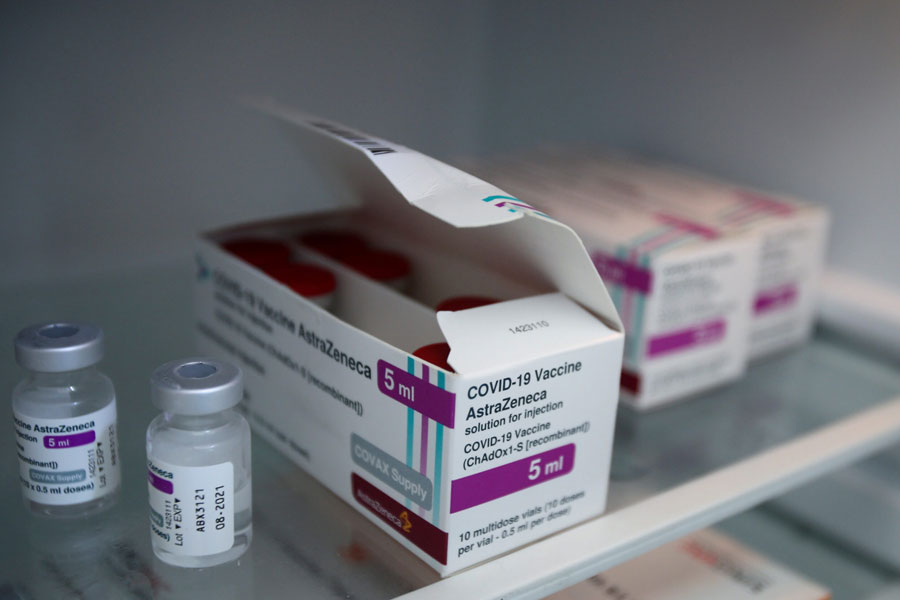
Fortune News | Feb 19,2022

Fortune News | Nov 02,2019

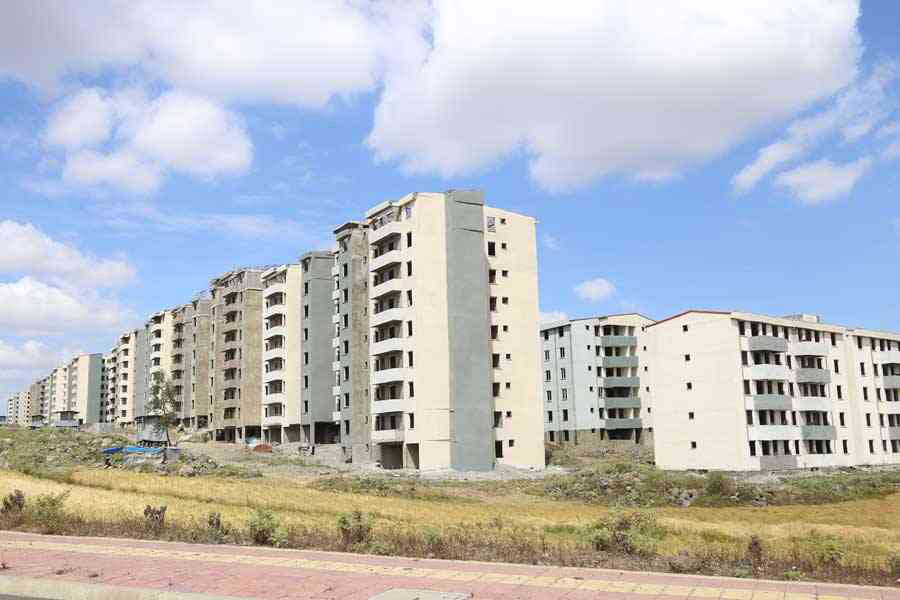
Fortune News | Mar 11,2023

Addis Fortune | May 12,2024
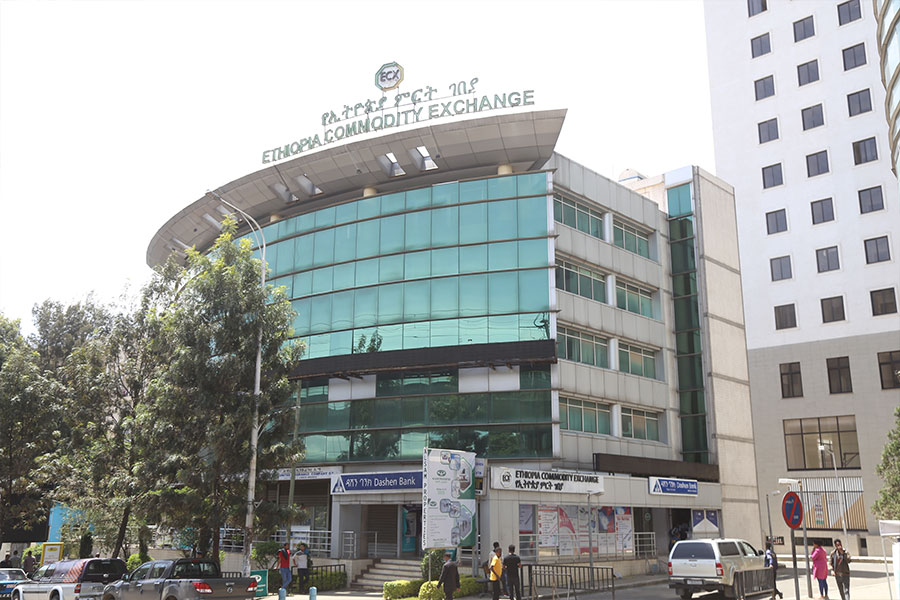
Fortune News | Oct 01,2022
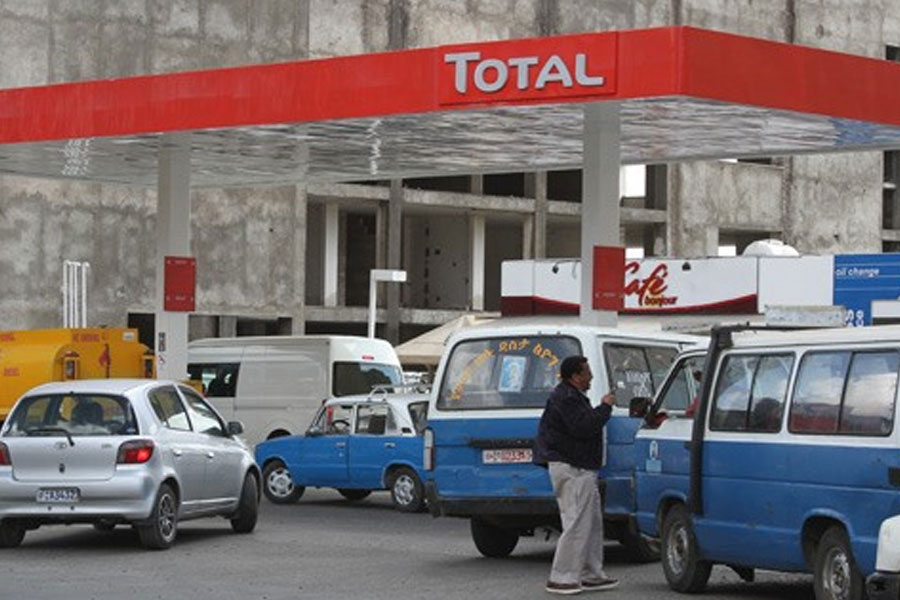
Fortune News | Mar 13,2021
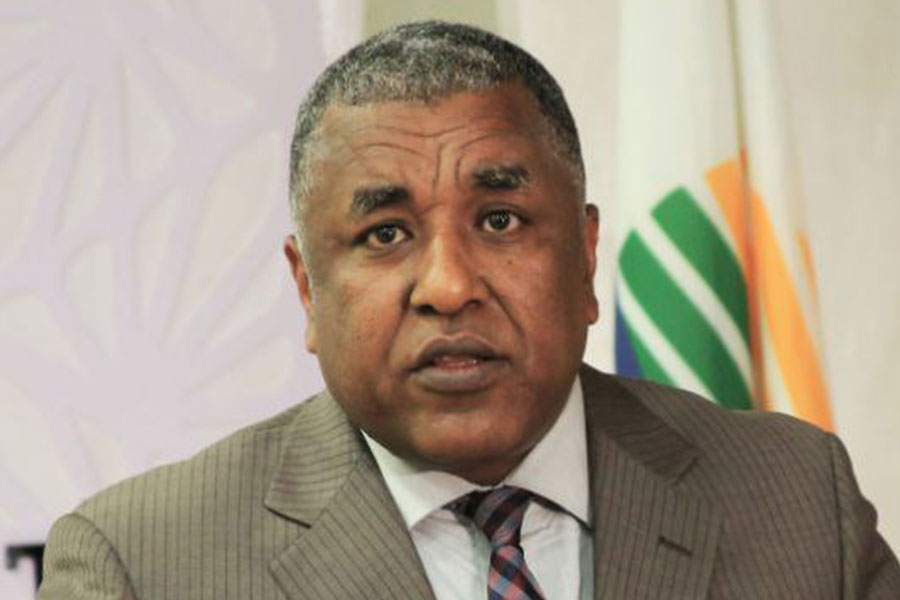
Radar | Oct 23,2023

Fortune News | Jun 05,2021

Dec 22 , 2024 . By TIZITA SHEWAFERAW
Charged with transforming colossal state-owned enterprises into modern and competitiv...

Aug 18 , 2024 . By AKSAH ITALO
Although predictable Yonas Zerihun's job in the ride-hailing service is not immune to...

Jul 28 , 2024 . By TIZITA SHEWAFERAW
Unhabitual, perhaps too many, Samuel Gebreyohannes, 38, used to occasionally enjoy a couple of beers at breakfast. However, he recently swit...

Jul 13 , 2024 . By AKSAH ITALO
Investors who rely on tractors, trucks, and field vehicles for commuting, transporting commodities, and f...

Jul 5 , 2025
Six years ago, Ethiopia was the darling of international liberal commentators. A year...

Jun 28 , 2025
Meseret Damtie, the assertive auditor general, has never been shy about naming names...

Jun 21 , 2025
A well-worn adage says, “Budget is not destiny, but it is direction.” Examining t...

Jun 14 , 2025
Yet again, the Horn of Africa is bracing for trouble. A region already frayed by wars...